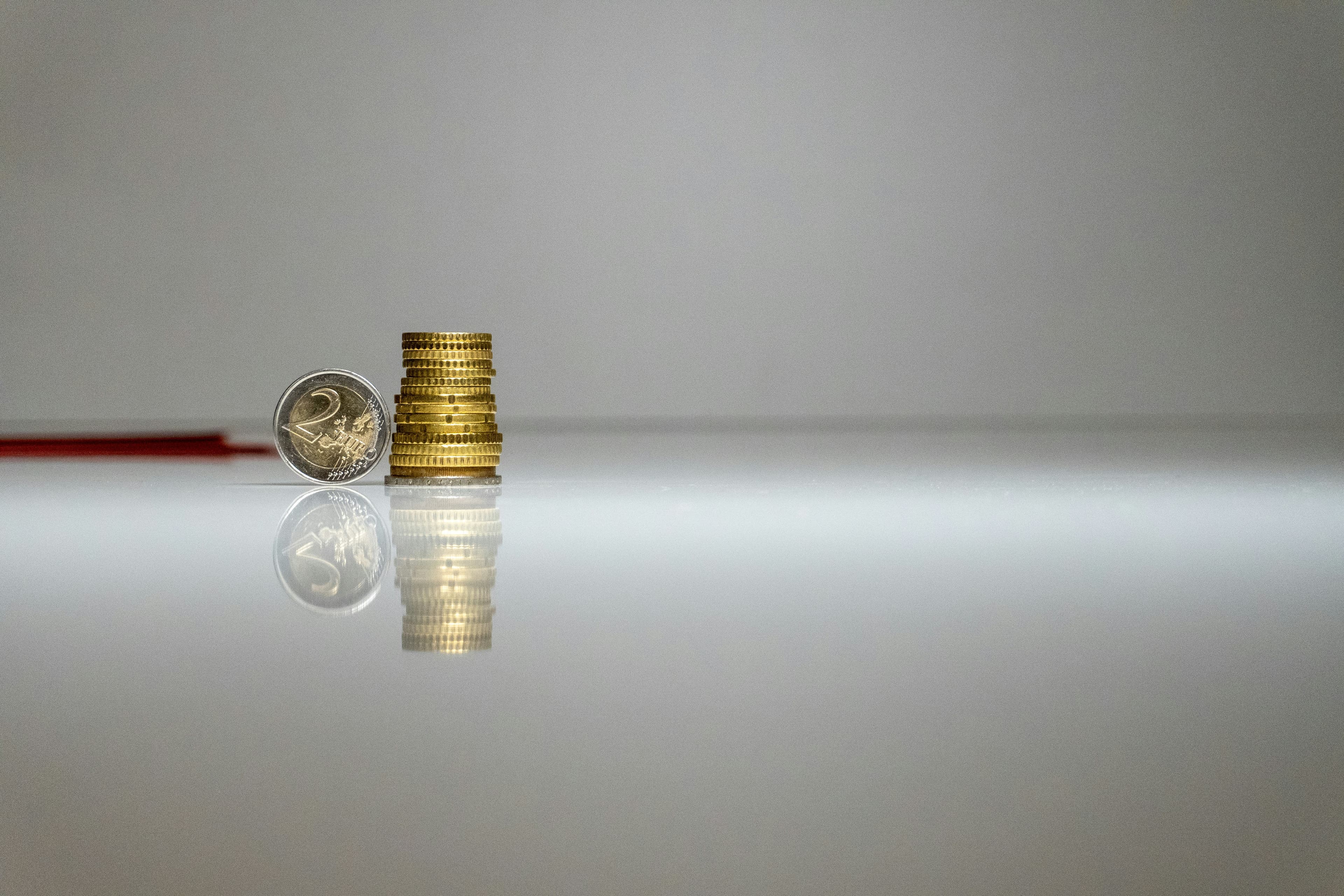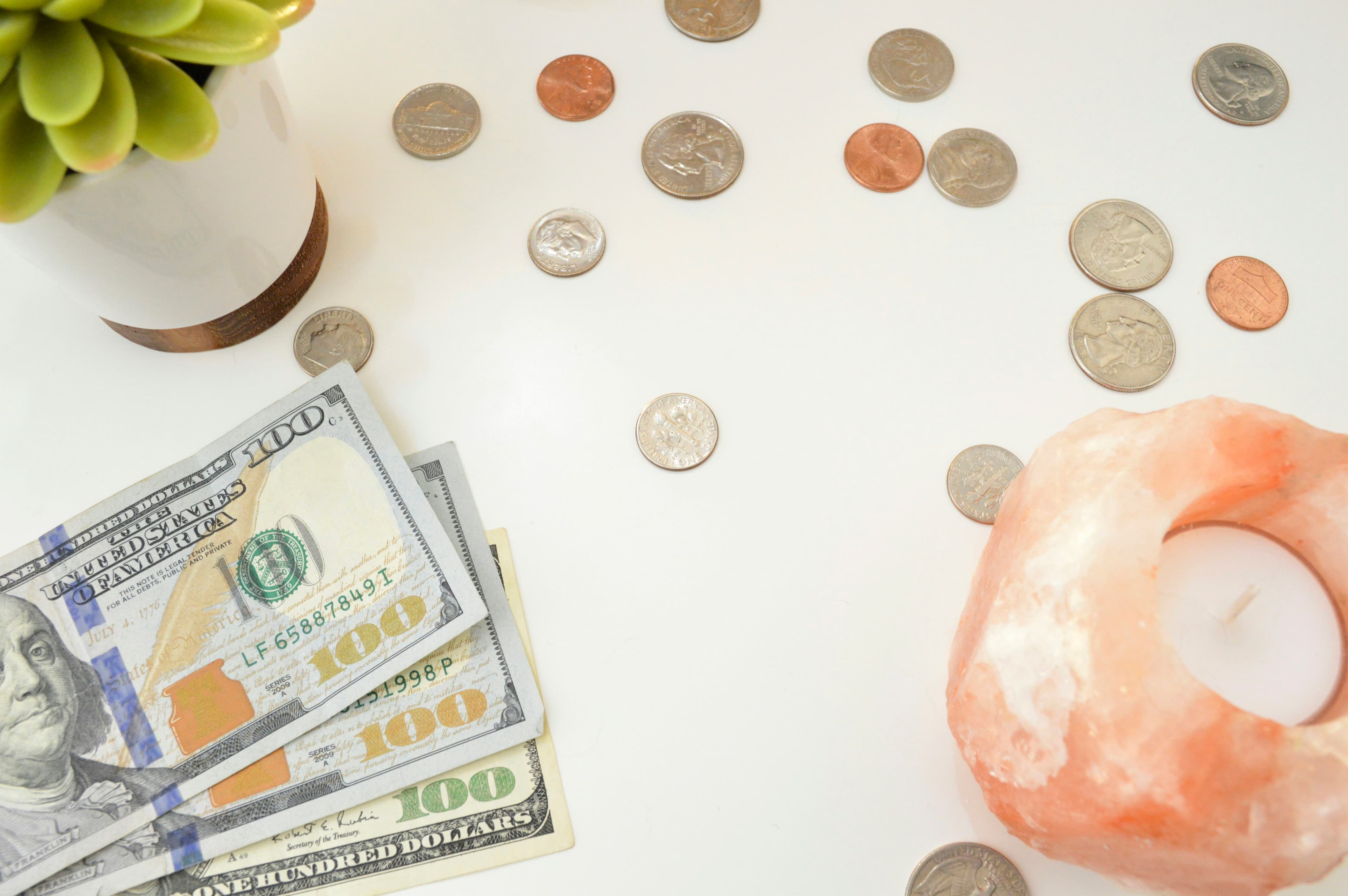Sometimes the Best Trade Is No Trade at All

I woke up late this morning, even for my standards. The last few days have been draining, and I’m starting to feel the effects of writing two books nearly back-to-back. I’ve discovered that sitting at a laptop and typing for hours on end doesn’t burn many calories, so I’ve been hitting the gym hard. The result? I’m sore, craving protein shakes, and sleeping for 10 hours straight. Moderation has never been my thing.
My expectations tend to be unreasonable, which is probably why I’ve always thought of as an extreme sport. If you’ve been at it for a while, you know what I mean. Right now, I’m counting down to the Crude Inventories release at 10:30 A.M. EST, which naturally brings my attention to the Canadian dollar.
A Missed Opportunity and a Key Lesson
Since I slept through the early morning session, I’m not surprised to see I missed some action. A quick look at the charts shows the Canadian dollar had a confirmed upside break around 5:00 A.M. EST. It broke out of a triangle pattern, though an earlier break around 4:00 A.M. lacked MACD histogram confirmation, so I wouldn't have taken it anyway.
This move happened more than five hours before the Crude Inventories number. That economic release impacts the Canadian dollar because Canada is the ninth largest exporter of crude oil, making its currency a “commodity currency.” In simple terms, the country’s economy—and thus its dollar—is heavily influenced by the price of a specific commodity. In the , this relationship is most prominent with the Canadian dollar (oil), the Australian dollar, and the New Zealand dollar (precious metals, especially gold). It's a key factor to consider when in these currencies.
Scanning the Broader Forex Market
It’s almost 7:00 A.M. now, and my radar is up for other potential setups. The euro is just moving sideways without any clear entry signals on my intraday charts. The daily chart, however, shows prices moving inside a larger triangle. This pattern could take a while to play out, so I’ll be patient. The MACD histogram is positive, which technically allows for a proactive buy stop order. But since prices are nowhere near a breakout, I’m not going to jump the gun. Still, it’s a good time to think about proactive order placement, which can be done with a simple limit order or even a more complex if/then OCO order to put the entire trade on autopilot.
Next, I’m looking at the Swiss franc, or “Swissy.” I always check the euro and the Swissy back-to-back because they have a strong inverse correlation against the U.S. dollar. If one is strong, the other is almost always weak. Unsurprisingly, the Swissy is also trading within a large triangle. Whichever way the euro eventually breaks, the Swissy will likely move in the opposite direction.
The Power of Patience and Daily Charts
It seems to be a day for daily chart setups, as the yen is also forming a nice triangle pattern. When I see patterns like these, especially with their flat “three o’clock Waves,” they get my full attention. The daily charts are, in my view, the most important time frames. While many pairs are trading in tight ranges intraday, the end-of-day charts offer the clearest picture.
It’s been another flat and inactive day, which offers a perfect opportunity to reinforce a crucial rule: you don’t have to trade every day. If the setups aren’t there, it’s better to move on. With Initial Claims and Trade Balance data coming out tomorrow at 8:30 A.M. EST, we’ll likely see some of these consolidations break. A key part of successfully is knowing when to stay on the sidelines.
For now, it’s time to head to the gym. A 90-minute workout after the morning’s session has become a great way to clear my head and get out of the office.








